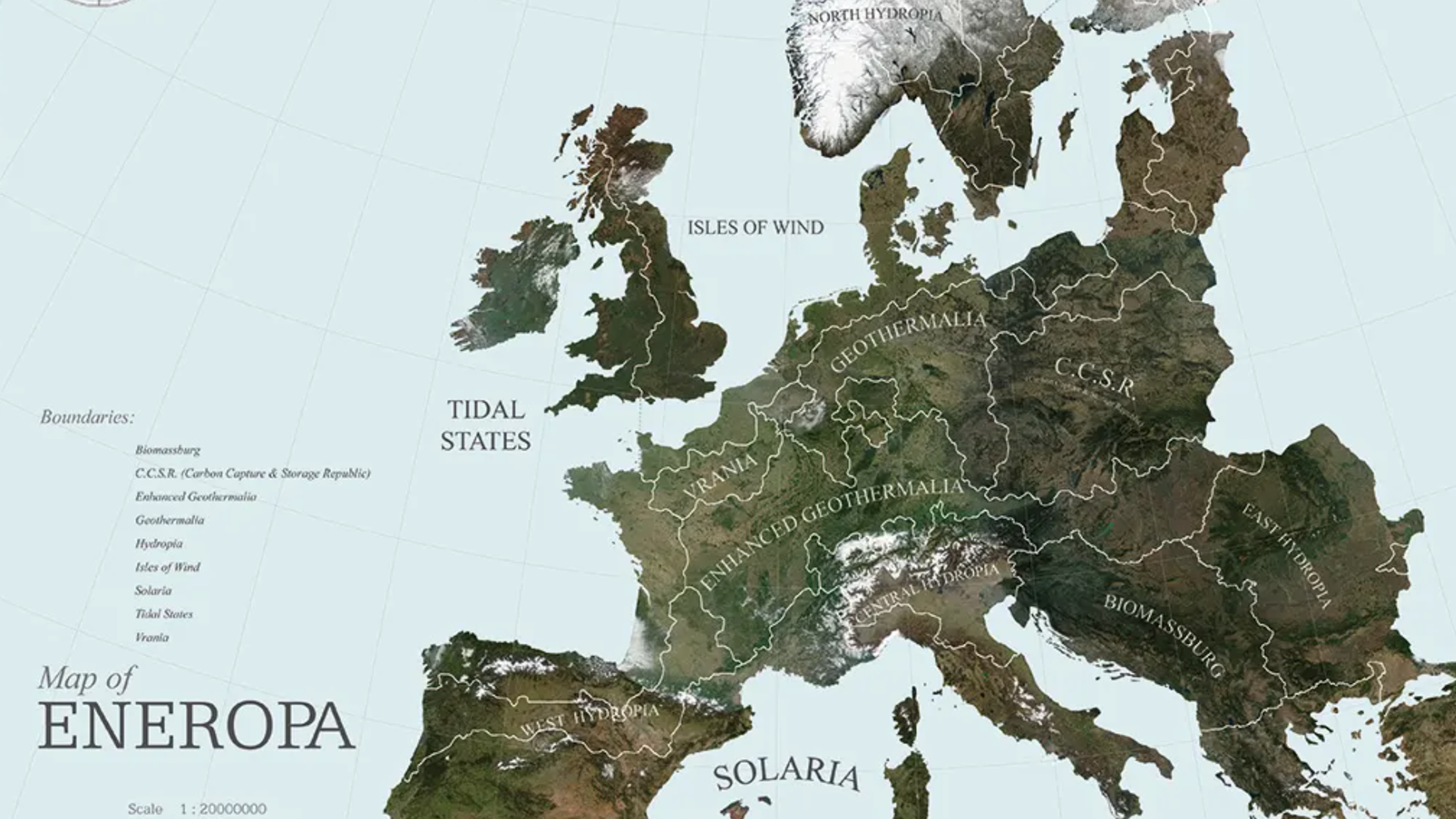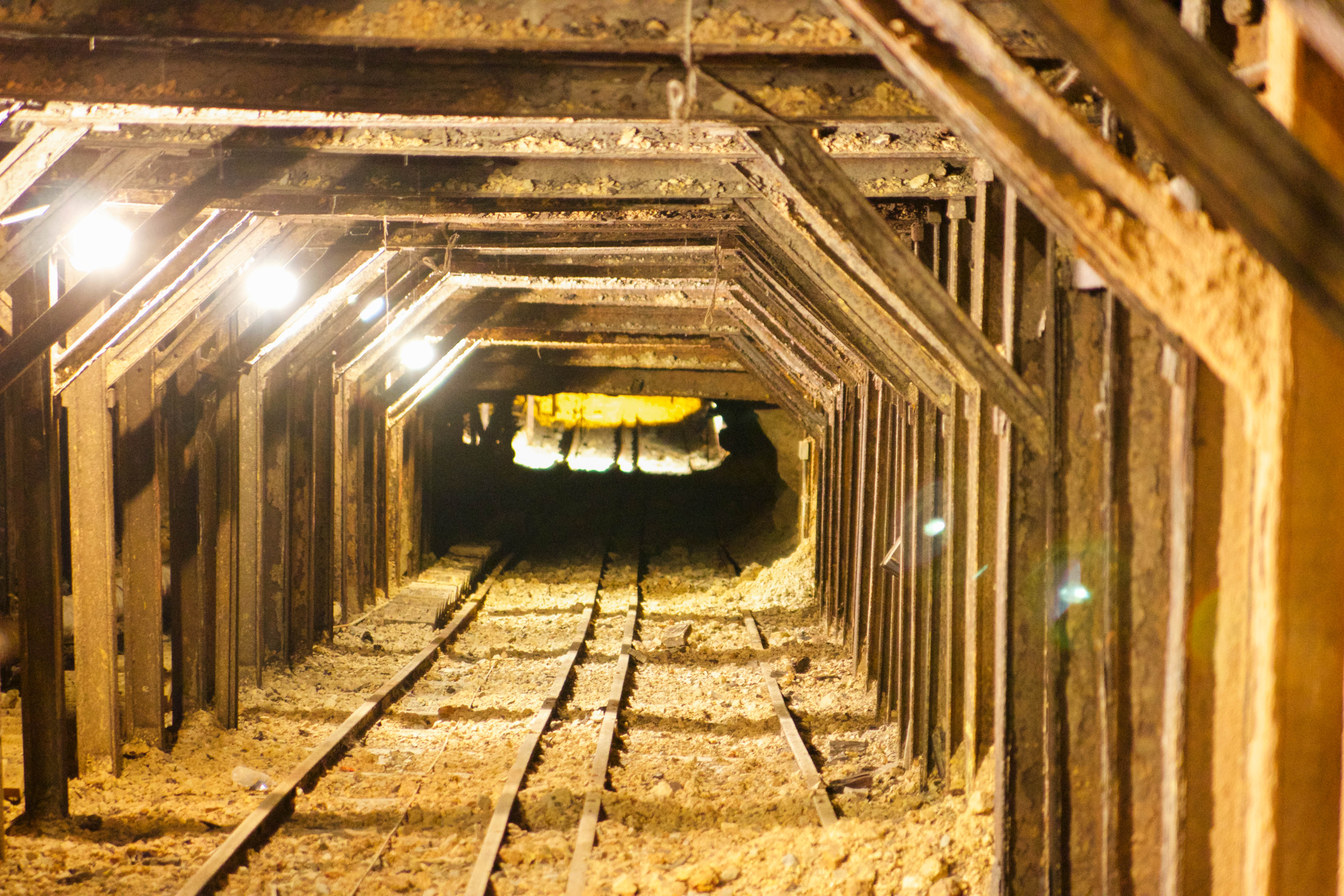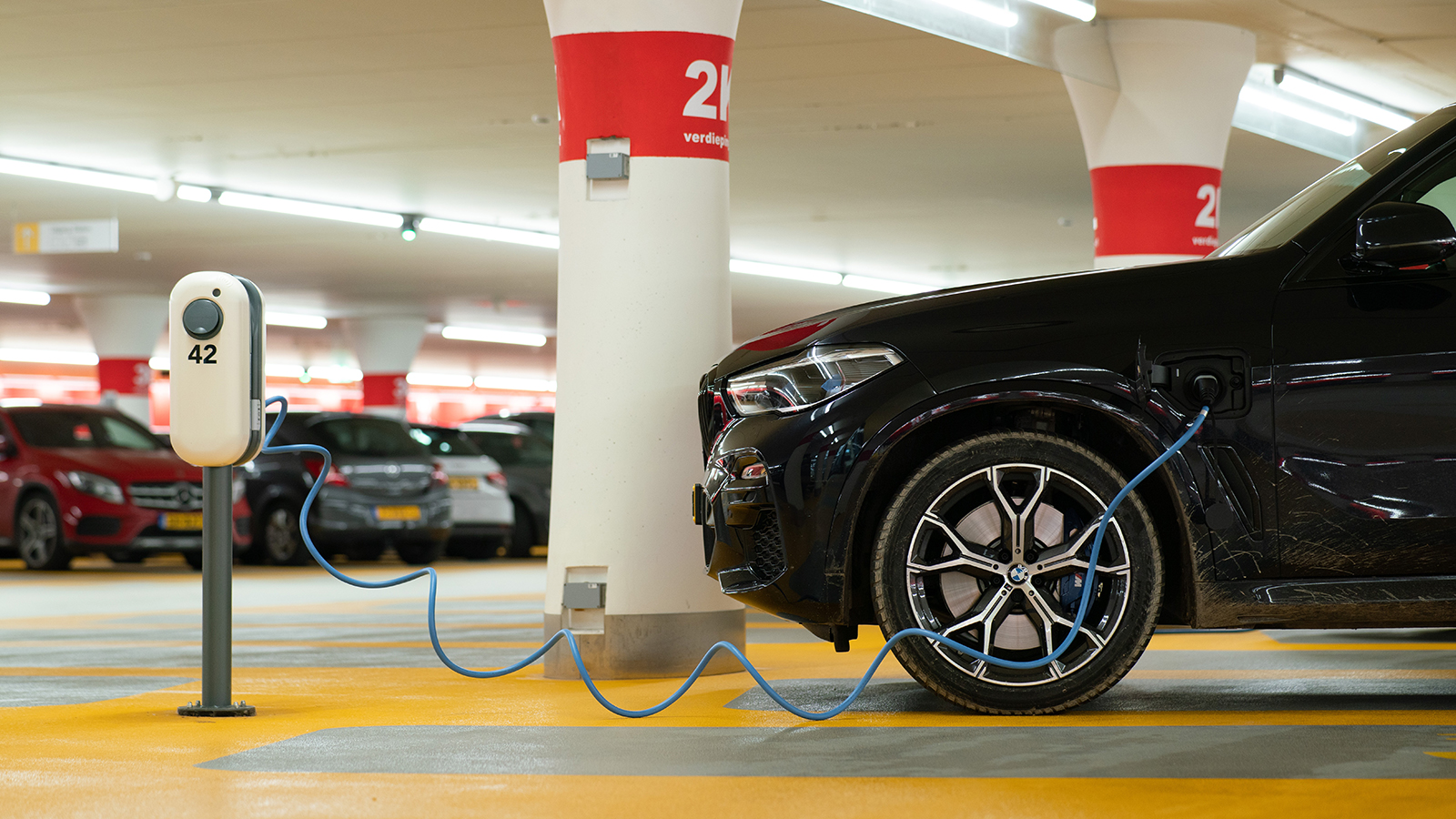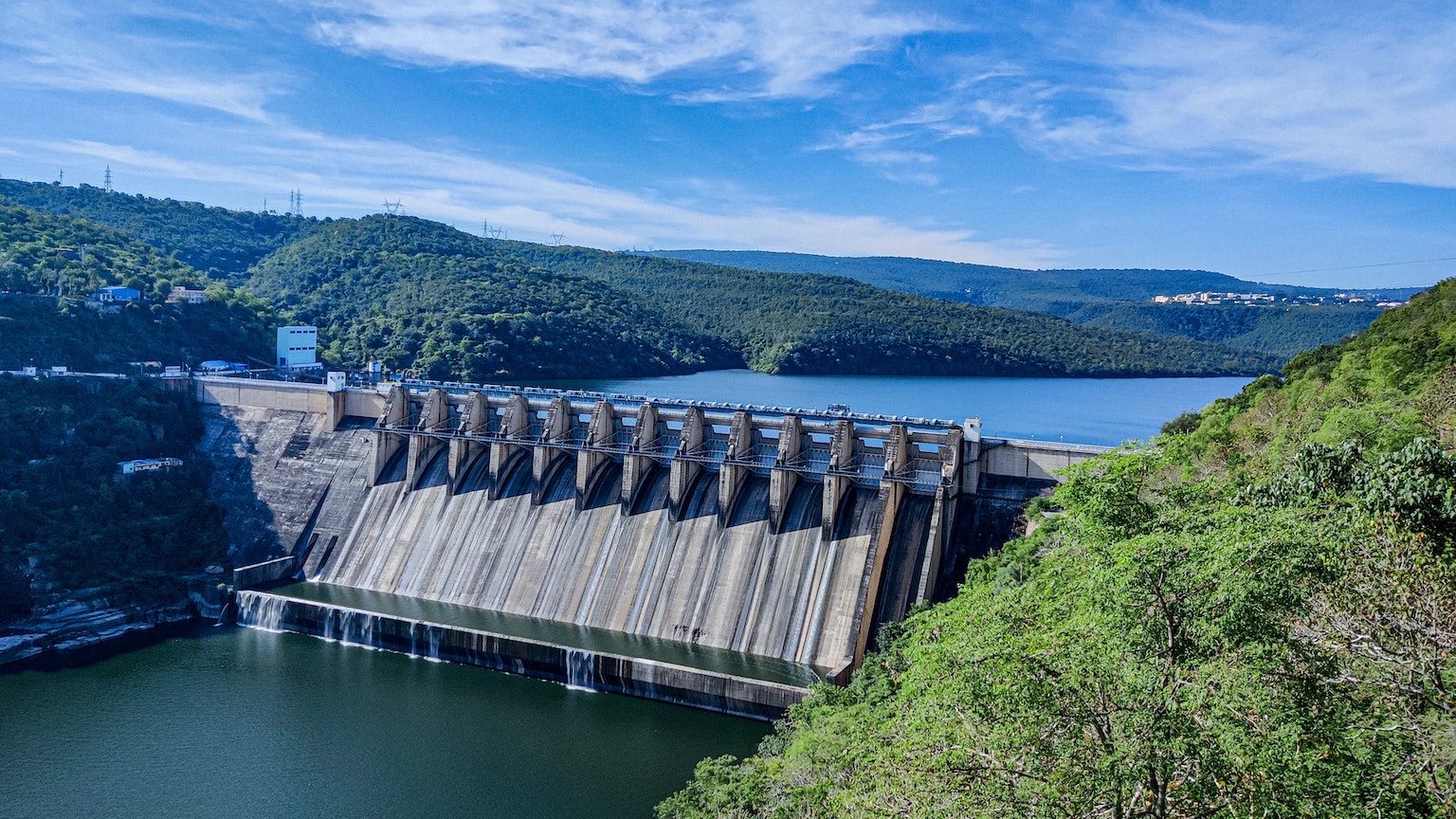Virtual Power Plants: The Key to Energy Independence
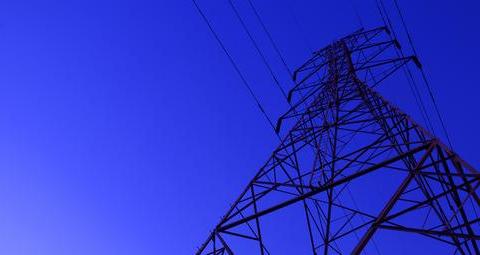
What’s the Latest Development?
To achieve energy independence, Germany has begun investing heavily in ‘virtual power plants’, i.e. creating larger electricity networks by linking together small renewable energy producers. Kassel University, for example, has successfully “linked 28 wind turbines, solar systems, biogas-fired generating stations, and hydropower plants from across Germany.” Government subsidies encourage producers to connect their renewable infrastructure to a larger grid by offering a premium (an extra $16) on top of the regulated price per megawatthour ($116).
What’s the Big Idea?
Last year, in the wake of the Fukushima crisis, Germany decided it would shut down all 17 of its nuclear power plants. The government “now plans to get a third of its power from renewable sources by 2020 and has committed to reaching 80 percent by 2050.” It is hoped that the virtual power plant system can eventually run subsidy-free by enabling small producers to join together and create larger grids, thus competing with more sizable utility companies. Private utilities in the US and Canada are “now experimenting with virtual plants in smart-grid demonstration projects.”
Photo credit: shutterstock.com
